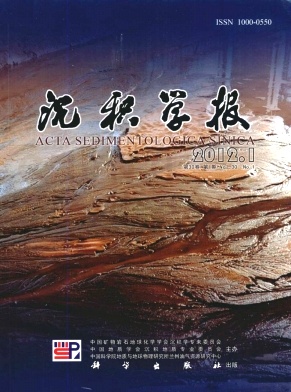The Architecture and Evolution of Deepwater Sedimentary Elements in One Study Area within Upper Bengal Fan
- Publish Date: 2012-02-10
-
Key words:
- Bengal fan /
- deepwater sedimentary elements /
- seismic facies /
- vertical pattern /
Abstract: Like Amaon fan and Mississippi fan, Bengal fan is a favorable field for investigating sedimentary process in deepwater. Considering lacking coring and well data, highresolution 3D seismic data from the study area was analyzed to study the architecture and evolution of sedimentary elements on the upper Bengal Fan. the area of interest belonged to deepwater region, and stratigraphy was formed in marine deposition. Six typical seismic facies have been identified, which were incised channel fill facies, gull wingshaped facies, wedgeshaped divergent facies, transparent facies, highamplitude parallel facies and lowamplitude parallel facies. Seismic Facies 1 was interpreted as coarsegrained deposits of abandoned channels. Seismic Facies 2 represented channellevee complex. Seismic Facies 3 was interpreted as finegrained levee sediments. Seismic Facies 4 represented mass transport deposits. Seismic Facies 5 was interpreted as lobes,which was different from sheet sand interpreted by predecessors. Seismic Facies 6 represented hemipelagic drapes and fills. On seismic profile lobex and channels display high amplitude, which means coarse lithology deposition, and may be good reservoirs. Through analysis of SN and EW seismic profiles reflection charateristics, seismic attribute planeform, we revealed the sedimentary evolution: during the period of SQ1, lobes were deposited, and turbidute flow tansported sediments far into basin; main deepwater elements of SQ2 were channels and levees, with channel migrating from SE to NW; Sedimentary elements of SQ3 were lobes, locally MTDs originated from slides, slumps and debris flow; channelleveed complex mainly dominated the stratigraphy of SQ4.
| Citation: | The Architecture and Evolution of Deepwater Sedimentary Elements in One Study Area within Upper Bengal Fan[J]. Acta Sedimentologica Sinica, 2012, 30(1): 84-91. |






 DownLoad:
DownLoad: